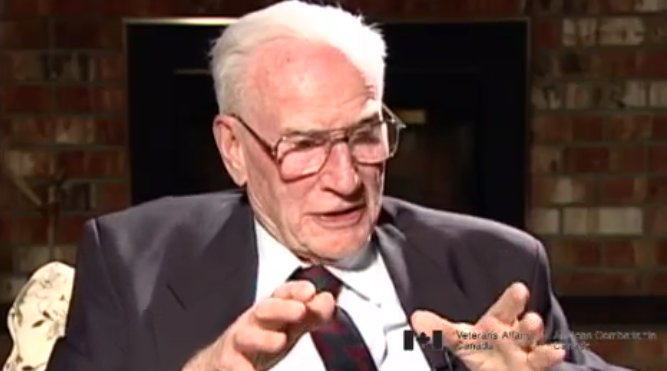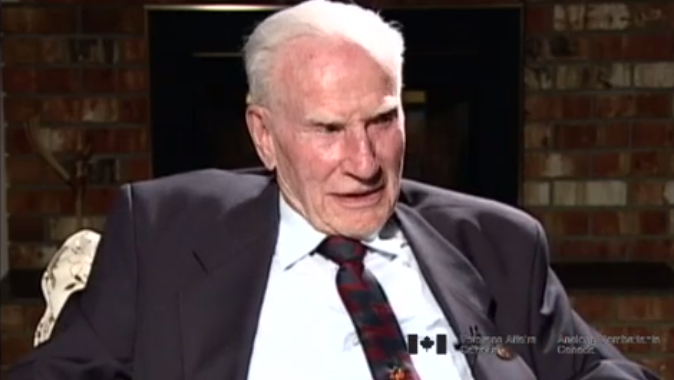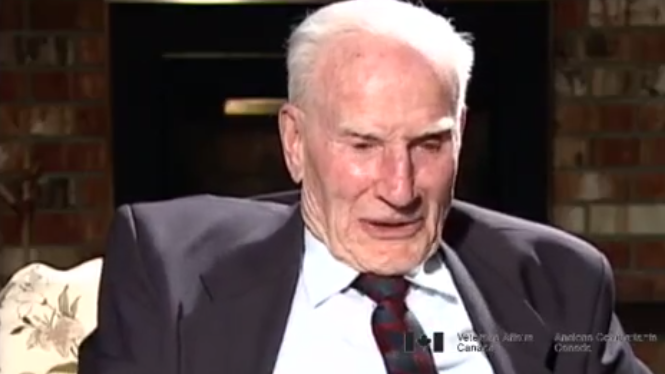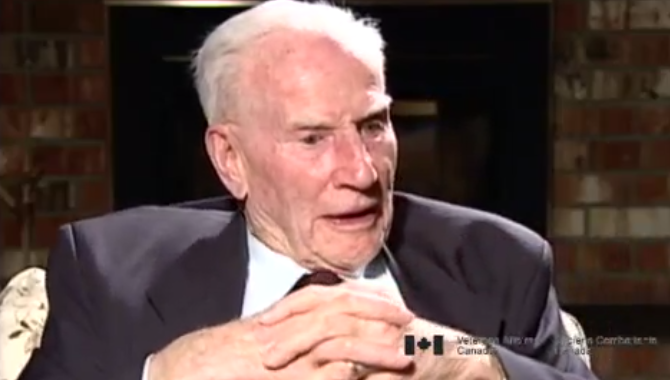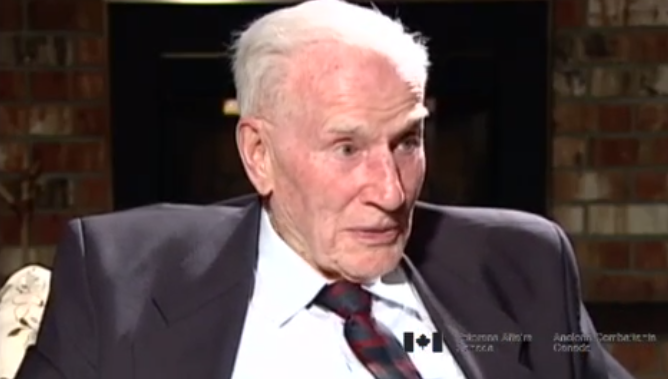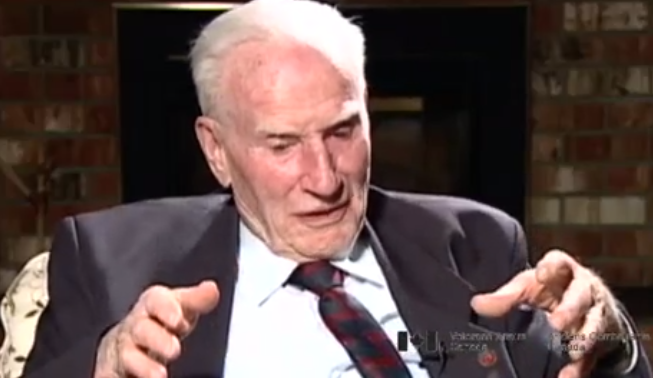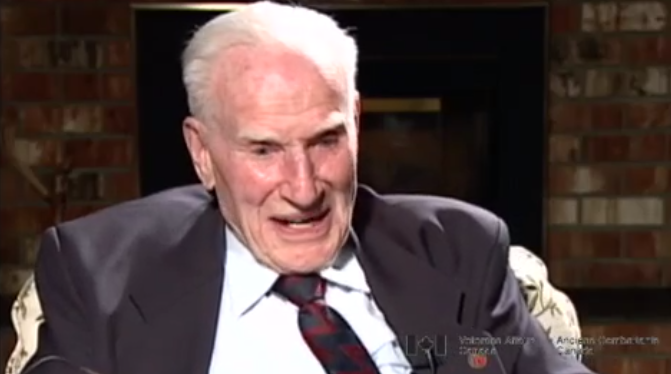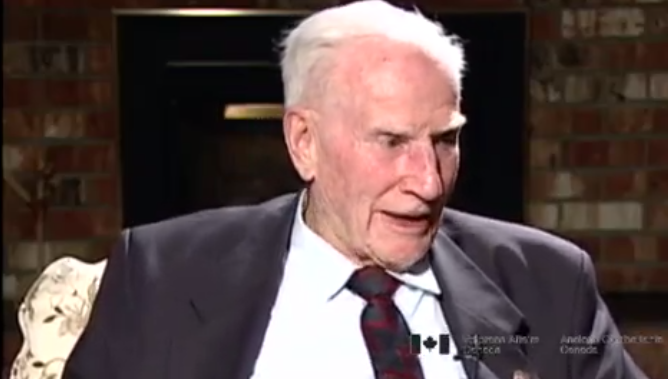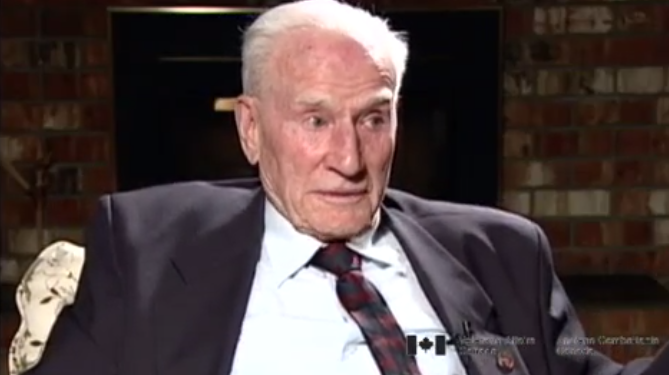Looking For Casualties
Heroes Remember
Looking For Casualties
Transcript
Description
Mr. Bannerman speaks about looking for casualties within his crew after being attacked by the enemy.
Gordon Bannerman
Mr. Gordon Bannerman was born September 13, 1921. He was raised in Neville, Saskatchewan with his three brothers and a sister. His father served in the First World War with the 1st Canadian Field Ambulance. Following in his father’s footsteps, Mr. Bannerman enlisted and became a member of the 17th Field Regiment Artillery. He began his military career as a general service gunner and was soon promoted to sergeant. He trained in Petawawa, Ontario, was sent to Aldershott, England, eventually fought in Italy from 1943 to 1945 and through northwest Europe to the Netherlands in 1945. During his service time, Mr. Bannerman had plenty of close calls and was wounded by mortar fire. As a sergeant major, he considered himself a good listener who maintained strong morale amongst his fellow soldiers. After the war, Mr. Bannerman and his wife, Edith, whom he met in 1945, settled in British Columbia.
Meta Data
- Medium:
- Video
- Owner:
- Veterans Affairs Canada
- Duration:
- 1:24
- Person Interviewed:
- Gordon Bannerman
- War, Conflict or Mission:
- Second World War
- Branch:
- Army
- Units/Ship:
- 17th Field Regiment
- Rank:
- Sergeant-Major
- Occupation:
- Gun Sergeant
Related Videos
- Date modified:



